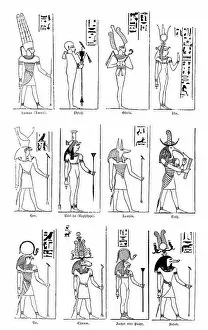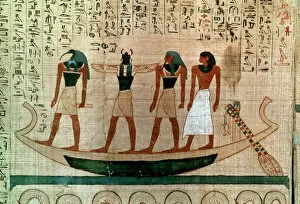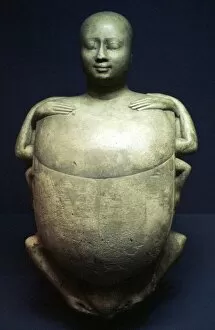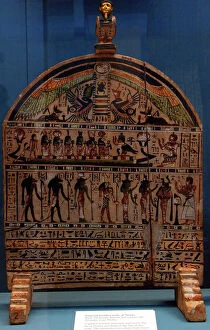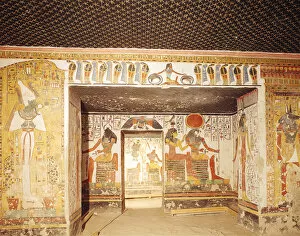Khepri Collection
Discover the mystical world of Khepri, the ancient Egyptian god of the sun, rebirth, and transformation
All Professionally Made to Order for Quick Shipping
Discover the mystical world of Khepri, the ancient Egyptian god of the sun, rebirth, and transformation. This model of Khepri, crafted from wood during the 11th-10th century BC, showcases his iconic scarab beetle form. Khepri's symbolism is further depicted in the intricate details of the Book of the Earth from the burial chamber of Ramesses VI, and the sacred scarab statues found in the Temples of Amun and Nefertari. The amethyst scarab, a precious gemstone, also represents Khepri's power. Witness the grandeur of his presence through the giant statue built by Pharaoh Amenhotep III and explore the enchanting allure of this enigmatic deity in ancient Egyptian papyrus and artifacts, such as the papyrus of Queen Nejmet and Picture No. 11024243.

